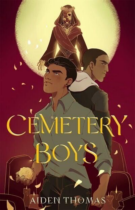
Yadriel, a trans boy, summons the angry spirit of his high school’s bad boy, and agrees to help him learn how he died, thereby proving himself a brujo, not a bruja, to his conservative family.
Materials from United States of America

Yadriel, a trans boy, summons the angry spirit of his high school’s bad boy, and agrees to help him learn how he died, thereby proving himself a brujo, not a bruja, to his conservative family.

Before she decides whether to accept her stepfather’s proposal of adoption, twelve-year-old Adela Ramírez reaches out to her estranged biological father–who is in the midst of a career comeback as a luchador and the eccentric extended family of wrestlers she has never met, bringing Adela closer to understanding the expansive definition of family.
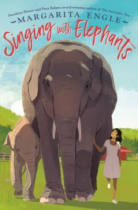
Lonely Cuban-born eleven-year-old Oriol lives in Santa Barbara, California, where she enjoys caring for injured animals, but her budding friendship with Gabriela Mistral, the first Latin American winner of a Nobel Prize in Literature, emboldens Oriol, an aspiring writer, to open up and create a world of words for herself.
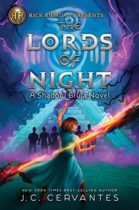
When fourteen-year-old godborn and shadow bruja, Renata, embarks on a quest to stop five rogue demigods from awakening the nine Aztec Lords of Night and overpowering the Maya gods, she confronts questions about her family, her magic, and her destiny.
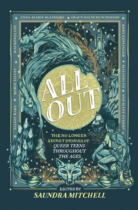
Seventeen young adult authors across the queer spectrum have come together to create a collection of beautifully written diverse historical fiction for teens.
From a retelling of Little Red Riding Hood set in war-torn 1870s Mexico featuring a transgender soldier…to two girls falling in love while mourning the death of Kurt Cobain…to forbidden love in a sixteenth-century Spanish convent…and an asexual girl discovering her identity amid the 1970s roller-disco scene, All Out tells a diverse range of stories across cultures, time periods, and identities, shedding light on an area of history often ignored or forgotten.
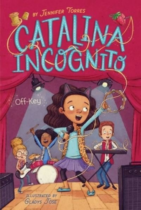
Catalina can’t wait for the upcoming school talent show! Along with some of her classmates, they decide to rock out and form a band for the big day. But Catalina has some…specific ideas on how the band should look and sound. Can Catalina learn to be part of the band, or will she find herself working on a solo act?
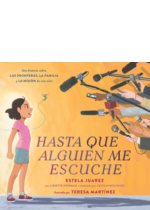
In this heart wrenching, autobiographical story, Estela Juarez’s letters take her from the local news all the way to the national stage, where she discovers the power in her words and pledges to keep using her voice until her family and others like hers are together again.
Featured in WOW Review Volume XVI, Issue 2.
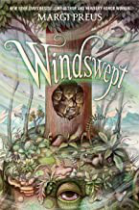
Years after her sisters venture Outside and vanish in a snow squall, thirteen-year-old Tag sets out to rescue the lost Youngers, accompanied by an unlikely crew–Boots, who can climb anything; Ant, who will eat anything; and Ren, who will say anything. Includes author’s note.
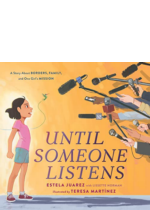
In this heart wrenching, autobiographical story, Estela Juarez’s letters take her from the local news all the way to the national stage, where she discovers the power in her words and pledges to keep using her voice until her family and others like hers are together again.
Featured in WOW Review Volume XVI, Issue 2.
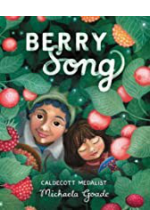
As a young Tlingit girl collects wild berries over the seasons, she sings with her Grandmother as she learns to speak to the land and listen when the land speaks back.
Berry Song is the WOW Recommends: Book of the Month for January 2023.